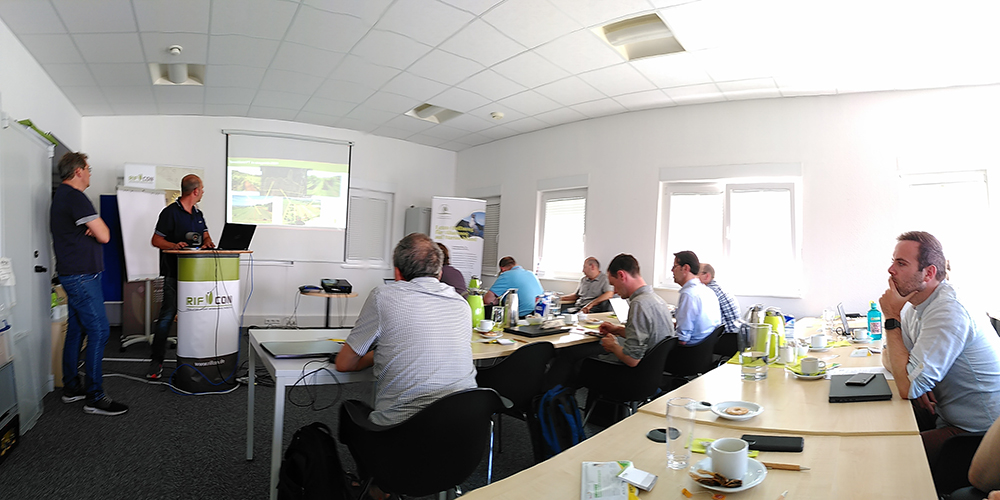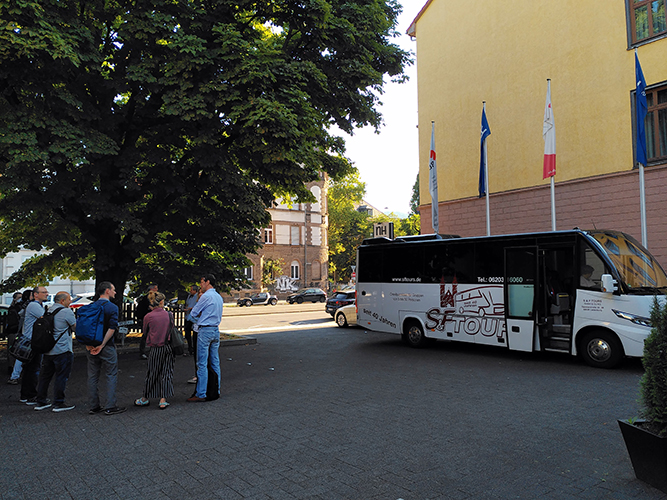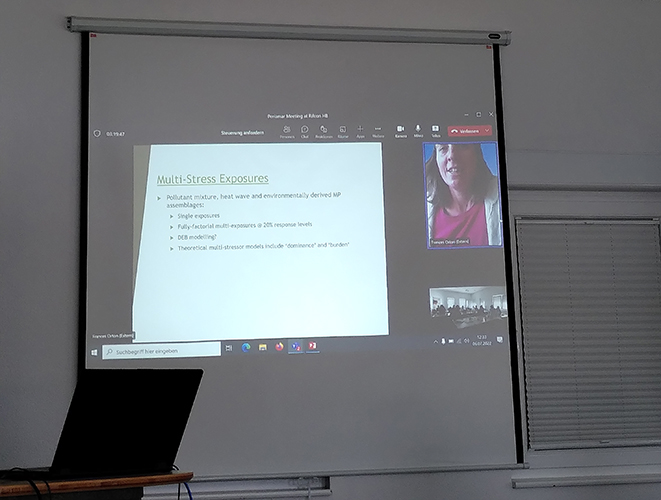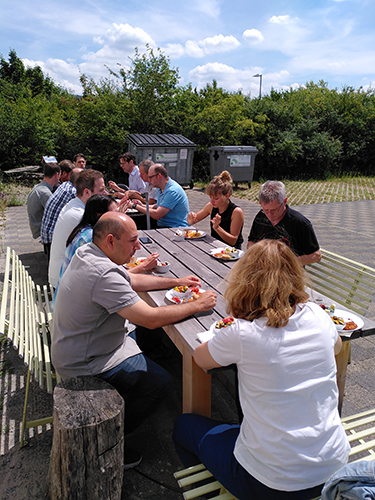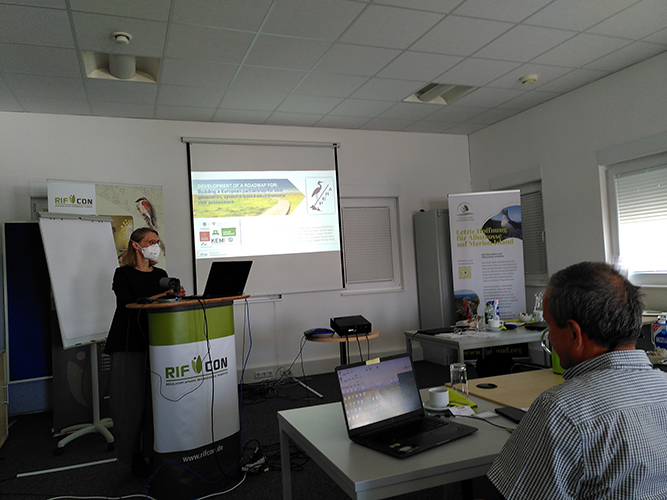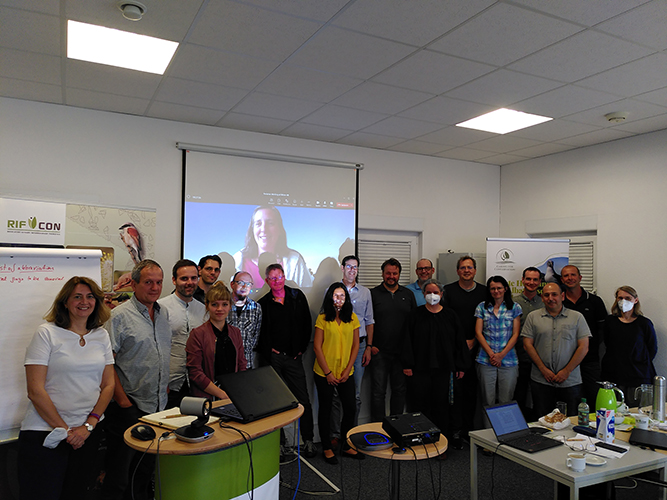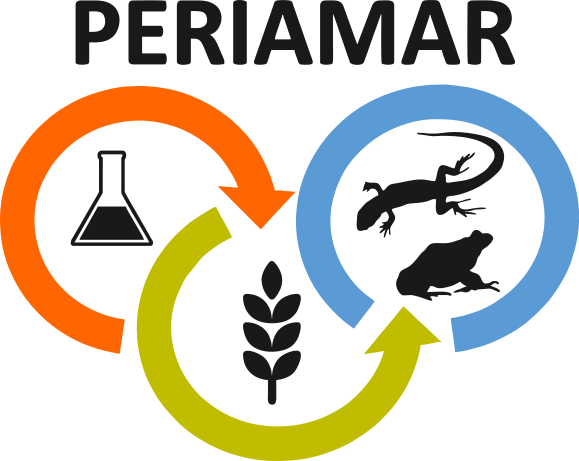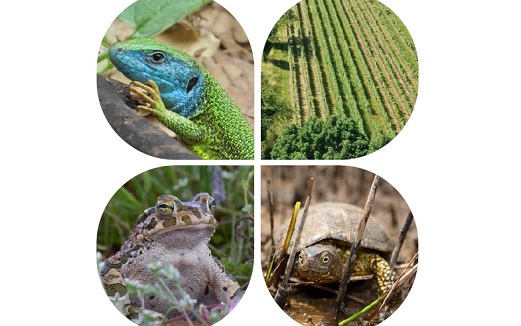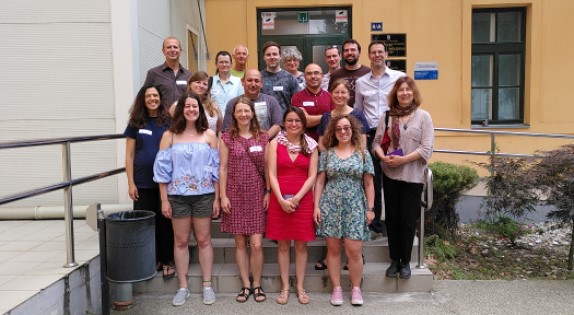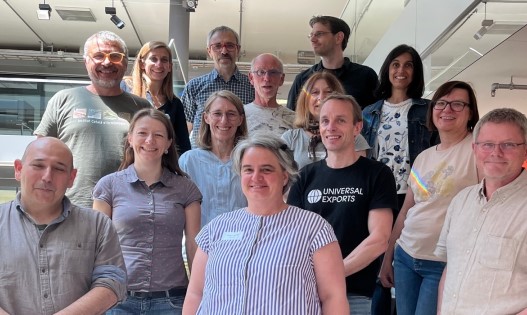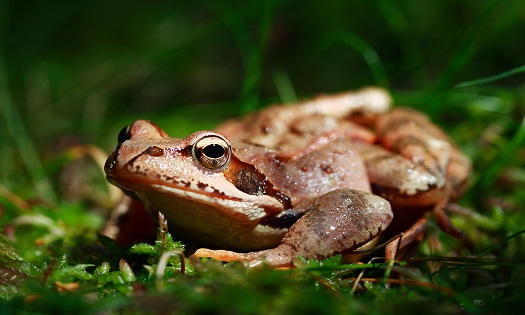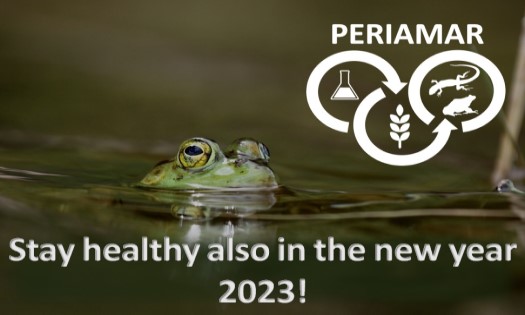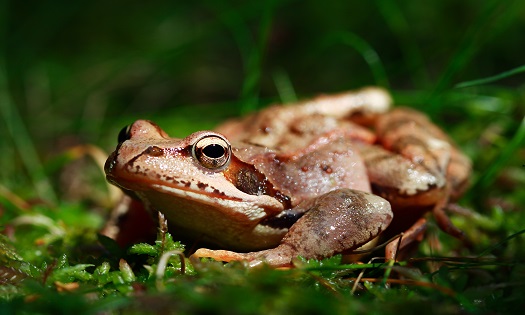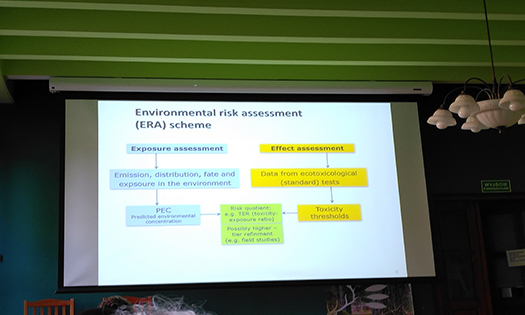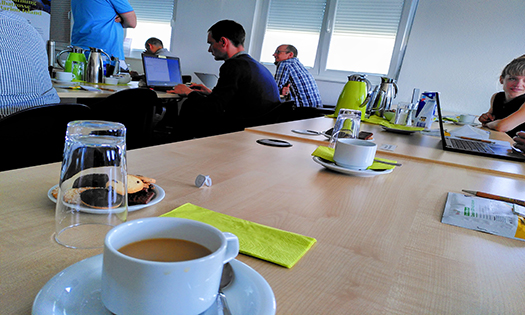COST Action PERIAMAR notepad with informational brochure
January 15, 2024
As part of our COST Action PERIAMAR, we are active on various fronts, from conferences, meetings and scientific research and exchanges to the development of environmental risk assessment (ERA) of pesticides and the dissemination of information. Communication is an important aspect of our work.
We have recently produced a notepad with an information brochure for our stakeholders. It contains a short introduction to our action and important information about the occurrence of amphibians and reptiles in the agricultural landscape in Europe. We have also presented three common species in the European agricultural landscape and their vulnerability to pesticides: the common toad, the European pond turtle and the sand lizard.
We believe that the brochure will raise awareness of these overlooked organisms that provide important ecosystem services for our food production in Europe. It also promotes the main objective of our COST Action, which is to develop a guidance document for the protection of amphibians and reptiles in the risk assessment of pesticides in the EU.
The brochure has been translated into nine languages and you can download and share the PDF via the links below.
COST ACTION PERIAMAR NOTEPAD 2023 ENG
COST ACTION PERIAMAR NOTEPAD 2023 DEU
COST ACTION PERIAMAR NOTEPAD 2023 ESP
COST ACTION PERIAMAR NOTEPAD 2023 FRA
COST ACTION PERIAMAR NOTEPAD 2023 ITA
COST ACTION PERIAMAR NOTEPAD 2023 PT
COST ACTION PERIAMAR NOTEPAD 2023 SI
Third General Meeting of the COST Action PERIAMAR, Florence, Italy
October 05, 2023
The Third General Meeting of our Action Periamar was held between 5 and 6 th October 2023 in Florence, Italy. Before the meeting, we organised also the training School “Applying scientific research to support environmental risk assessment of pesticides”(Florence, Italy, 3- 4 October 2023). For both events we were hosted by Museo di Storia Naturale, Florence.
The general meeting included a general session to present different Action outputs (including some from finished STSMs) and overall discussion, separate dedicated meetings to address specific topics of relevance for the Action, and the Seventh Management Committee Meeting.
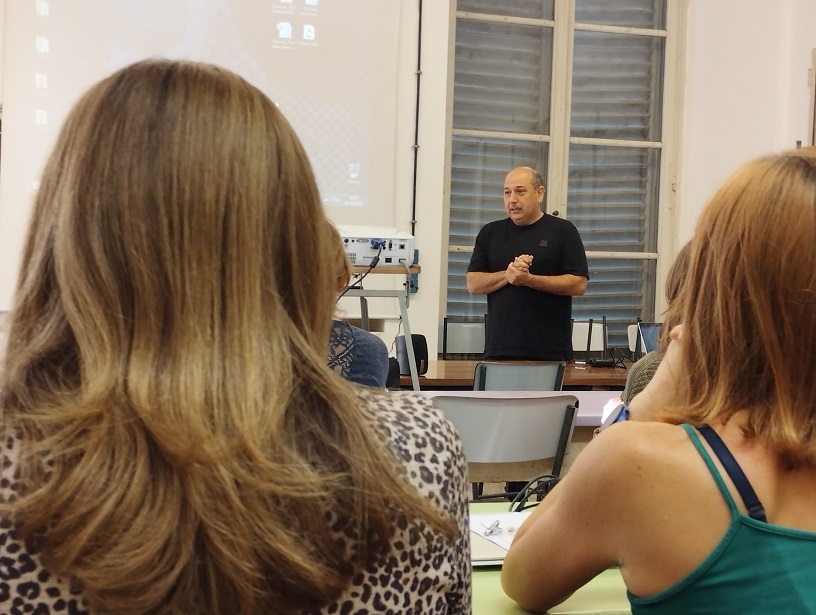
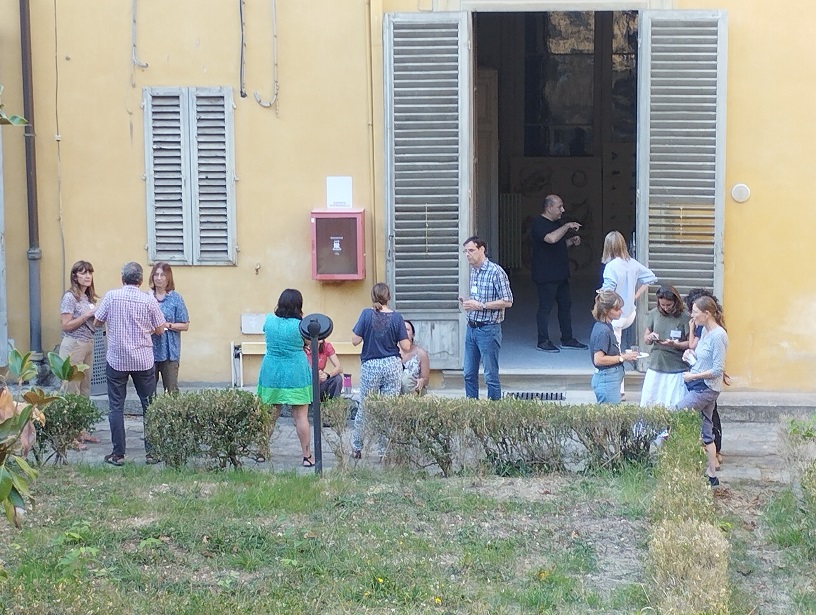
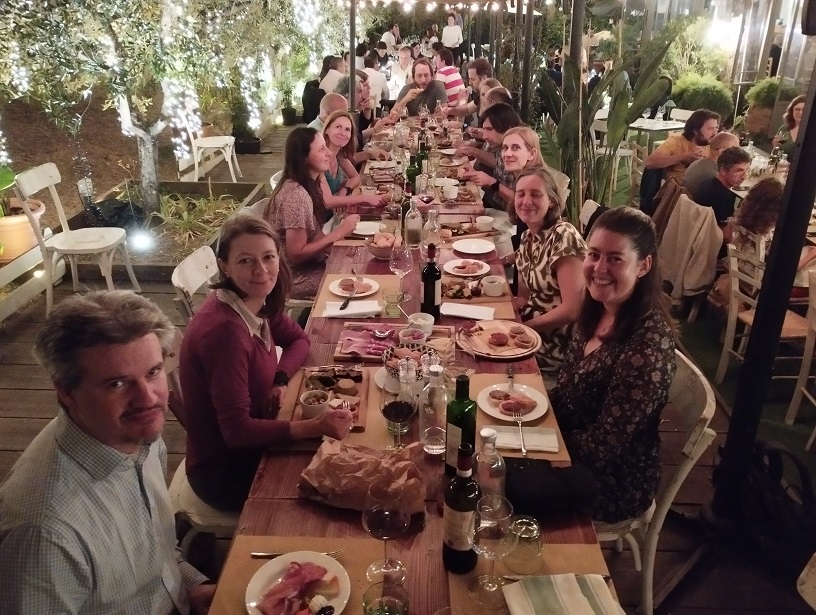
PERIAMAR joint WG3-WG4 meeting in Osijek
June 27, 2023
The COST action PERIAMAR has been running several activities focused on compiling information relative to amphibians and reptiles that can be useful for advancing in the design of a risk assessment protocol for these animals. We held a 2-day meeting in Osijek, hosted by the Department of Biology, University of Osijek, to advance a proposal for focal species, identify relevant endpoints indicative of chronic toxicity and suggest assessment factors to be applied in risk assessment.
The first day we listened to presentations on life-history trait and ecotoxicological data of amphibians and reptiles, which was gathered during various STSMs from our action.
The second day was devoted to discussion. Participants split into two breakout groups that focused on the selection of focal species and selection of chronic endpoints / assessment factors. Our outputs will be useful for suggesting improvements to the existing assessment factors to be applied in risk assessment.
In the meeting we also had a premiere of our new video about the STSM done by Blagovesta Dimitrova at the National Institute of Biology in Slovenia. Check it out on this link and browse through all videos on our YouTube channel.
A two-day meeting on designing monitoring protocol for amphibians and reptiles
June 08, 2023
PERIAMAR has celebrated at EAWAG facilities in Dübendorf (Switzerland) a meeting to start designing a protocol for monitoring amphibians and reptiles to be applied in post-authorization risk assessment of pesticides. Experts in population monitoring and modelling, environmental fate of chemicals, toxicology and risk assessment gathered to explore aspects like monitoring goal definition, endpoint selection, environmental correlates and strategies to identify pesticide effects at the landscape level. Monitoring pesticide effects on population should become an essential pillar of an efficient risk assessment for herpetofauna.
The new call for STSM applications of our COST Action PERIAMAR is now open!
April 10, 2023
We announce a new call for STSM applications for our COST action PERIAMAR. We are looking for enthusiastic and motivated candidates to participate in work on a variety of topics to help improve pesticide risk assessment for amphibians and reptiles. All information can be found here on our website under Activities - STSM. You can also view various videos recorded by participants of previous STSMs on our PERIAMAR Communication YouTube channel.
Apply and share the information!
Our study on amphibians and reptiles in the agricultural fields of Europe published in Landscape Ecology
January 27, 2023
COST Action PERIAMAR has a new output! Two STSMs visiting dr. Neftali Sillero in Portugal yielded in a published paper titled Distribution of amphibians and reptiles in agricultural landscape across Europe in Landscape Ecology Journal.
How many species of amphibians and reptiles live in the agriculture fields of Europe? To answer this question, an international team of researchers working at the COST action PERIAMAR, analysed the distribution of amphibians and reptiles in Europe at three spatial scales: 50 km2, 10 km2, and GPS resolution. They found 71 amphibians and 143 reptiles at 50 and 10 km2 spatial resolutions, and 58 amphibians and 108 reptiles at GPS resolution. The presence of amphibians and reptiles and the total number of species are influenced by crop category, extent and heterogeneity. Areas with a higher heterogeneity of crops host more species of amphibians and reptiles. And there are less species in smaller crops. Europe is a region with a long history of human occupation and settlement. Humans has practiced agriculture since thousands of years ago. European biodiversity has been in consequence strongly changed and deprived by agriculture activities. For these reasons, these results are essential for future risk assessments for both groups of animals and for conservation efforts to restore or sustain biodiversity in agricultural systems across Europe.
Happy and healthy New Year 2023!
December 28, 2022
COST Action PERIAMAR wishes everyone a happy and healthy new year 2023! Follow our work and progress towards a sustainable and healthy environment for all, including amphibians and reptiles, on Facebook, Twitter and our website.
Announcement of the new call for STSM in COST Action PERIAMAR
December 02, 2022
We are happy to announce that a new call for STSM applications has just been published. The PDF of the call is accessible from the home page of our website.
Here is the direct link: https://drive.google.com/file/d/1zTW79GgnFREsy1g_2BW-lMnaR7KrUrE8/view?usp=sharing
Apply and share the information!
Second General Meeting of the COST Action PERIAMAR, Krakow, Poland
September 23, 2022
The Second General Meeting of our Action Periamar was held between 22 and 23rd September 2022 in Krakow, Poland. We were hosted by the Institute of Nature Conservation at the Polish Academy of Sciences. The meeting followed a comprehensive agenda: a general session to present different Action outputs, including presentations from STSM candidates, work group leaders, Scientific Communication Committee, and overall discussion to prepare the proposal of a risk assessment strategy. The second day we had separate meetings to focus and work on specific topics. At the end we finished with the Sixth Management Committee Meeting.
Presentations that were held in the meeting will soon be available here:
Determination of pesticide effects on amphibians following dermal exposures during terrestrial stage – Samuel González‐López, María T. Velasques, Christina Mordziol, Silvia Pieper, Gesa Amelung, Isabel Lopes, Manuel Ortiz‐Santaliestra
Histological endpoints as tool to assess reproductive and skin toxicity in anurans exposed to pesticides – Daniele Marini, Samuel González‐López, Sofie Svanholm, Cecilia Berg, Isabel Lopes, Manuel Ortiz‐Santaliestra, Cecilia Dall’Aglio
Compilation of available toxicological data for biologically‐based models to assess effects of pesticides on amphibians – Besta Dimitrova, Manuel Ortiz‐Santaliestra
Predicting maternal transfer of pesticides in reptiles based on pollutant molecular structure – Cynthia Muñoz, Peter Vermeiren, Sandrine Charles
Can in vitro testing predict toxicity in vivo? – Sebastian Topliceanu, Isabel Lopes
Distribution of amphibians and reptiles in agricultural landscape across Europe – Raluca Ioana Băncilă, Matteo Lattuada, Neftalí Sillero
Building a database linking life history traits and the response to agrochemicals in European amphibians and reptiles – Sabina E. Vlad, Alexandra Telea, Miguel A. Carretero, Manuel Ortiz‐Santaliestra
Extended review of the potential use of ecological mesocosms in herpetofauna studies and their application to ERA of pesticides – Enerit Sacdanaku, Miguel A. Carretero
Feasibility of ecological mesocosm to environmental risk assessment (ERA) of pesticides on reptiles. A pilot test with wall lizards – Miruna G. Vizireanu, Geanina Fanaru, Miguel Carretero PDF
Telemetry study on lizards Lacerta agilis – Giulia Simbula, Gianpaolo Montinaro
Presentation of the mind map‐based paper on the risk assessment scheme – Annette Aldrich, Andreas Focks
Review of communication strategy and discussion on next steps – Anamarija Žagar PDF


Working groups 1, 3 and 4 meeting, Hirschberg, Germany
July 07, 2022
Participants of three work groups (WG1, 3 and 4) met for a two-day working meeting in Hirschberg, Germany.
After a brief welcome and action overview from the action chair the morning was devoted to follow up on the progress of some projects relevant for the Action.
Here you can find presentations from projects TerAmphiTox, AMPHIDEB, PPP exposure of terrestrial stages of amphibians and possible management measures and Modelling pollution exposure, accumulation and effects in reptiles. More about European Partnership for the Assessment of Risks from Chemicals (PARC) can be found here. The work done by Rifcon on the telemetry of sand lizards was also captured in a short video that is available on our YouTube channel.
The afternoon was used to progress the article about ERA development for amphibians and reptiles, lead by Annette and Andreas. The last part of the meeting was used to revise questions from WG4 to WGs 1, 3 and 4 that were developed in the last WG4 meeting. Discussions were mainly focused on which questions are most pertinent to address and in what way, especially using tools that we can implement as part of PERIAMAR (STSM, meetings, etc.).
As the outcome, we planned the core topics to be addressed by short term scientific missions for the next period: November 2022-October 2023. Stay tuned for more information on the list of topics to apply by following our action on our webpage and Facebook profile.
